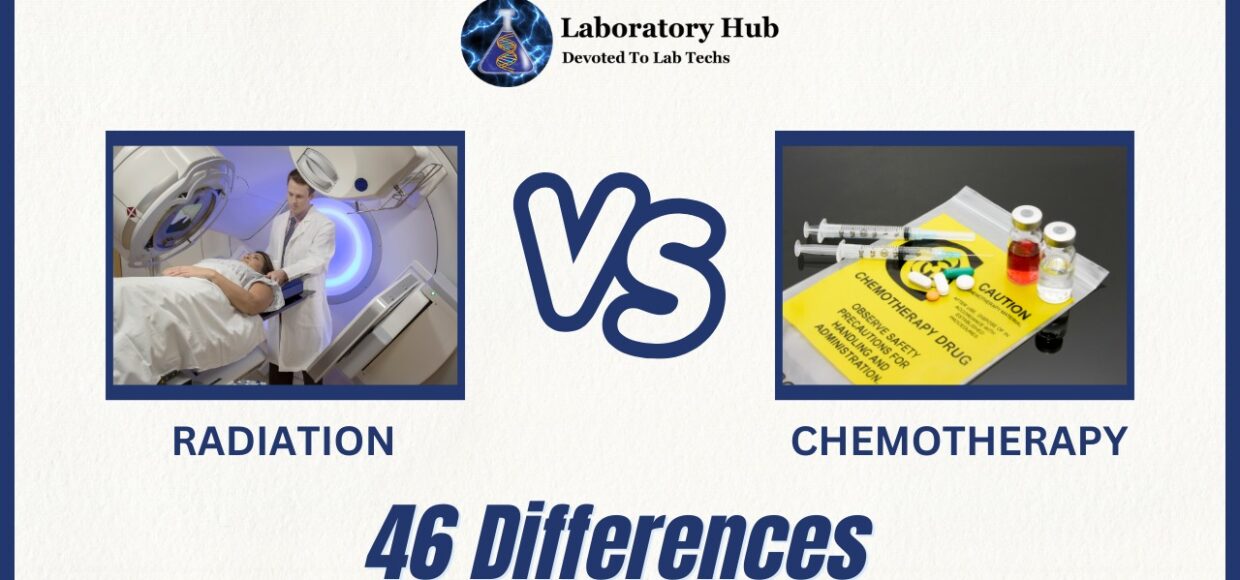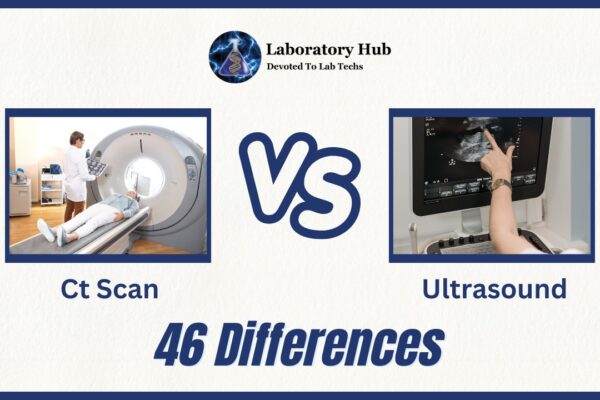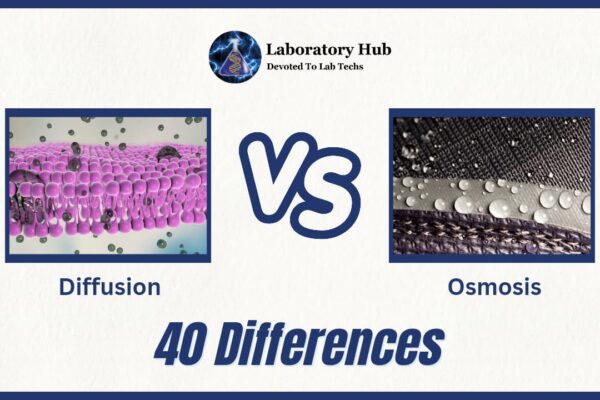46 Differences between Radiation and Chemotherapy
Radiation and chemotherapy are two popular cancer treatments. Both techniques aim to destroy or slow the growth of cancer cells, but they act in various ways and are frequently used in combination or independently, depending on the type and stage of cancer.
RADIATION THERAPY
Radiation therapy, often known as radiotherapy, is a medical treatment that employs high-energy radiation to specifically target and harm or kill cancer cells. This treatment targets and damages cancer cells by using high-energy radiation (such as X-rays or protons).
The radiation causes DNA damage within the cells, preventing them from dividing and developing. This treatment is widely used to reduce tumours, limit their growth, or completely destroy cancer cells. Radiation therapy can be administered either externally via machines (external beam radiation) or internally via implants (brachytherapy).
It is a localized treatment, which means it only affects the area where the tumour is present.
Radiation therapy is frequently combined with other cancer treatments, such as surgery, chemotherapy, or immunotherapy, to create a holistic approach to cancer treatment. The type of cancer, its location, size, and stage, as well as the patient’s overall health and medical history, all influence treatment options. A healthcare team regularly monitors radiation therapy patients to manage side effects and provide the best potential outcomes.
CHEMOTHERAPY
Chemotherapy, also known as “chemo,” is a medical treatment that uses powerful chemicals to target and kill rapidly dividing cells, particularly cancer cells. Chemotherapy’s primary purpose is to stop or limit the growth of cancer cells, shrink tumours, and prevent cancer from spreading to other parts of the body. Chemotherapy is routinely used to treat a variety of cancers, including solid tumours and blood-related diseases such as leukemia and lymphoma.
Chemotherapy damages not only cancer cells but also normal cells that divide rapidly, resulting in side effects such as hair loss, nausea, and exhaustion. Chemotherapy is a systemic treatment, which means that it affects the entire body.
It is critical to note that the negative impacts and effectiveness of chemotherapy can vary greatly from person to person. Chemotherapy patients collaborate closely with their healthcare team to manage side effects, assess progress, and alter treatment regimens as needed. The choice to receive chemotherapy is based on a detailed evaluation of the patient’s particular case and the potential benefits weighed against the potential hazards and adverse effects.
Also read: How to Examine the Sputum Specimen In Microbiology Laboratory?
S.No. | Aspect | Radiation Therapy | Chemotherapy |
1 | Treatment Type | Localized treatment using high-energy rays | Systemic treatment using drugs |
2 | Targeted Area | Specific area of the body | Can affect the whole body or specific areas |
3 | Mechanism of Action | Damages DNA in targeted cells | Targets rapidly dividing cells |
4 | Mode of Administration | External beam or internal (brachytherapy) | Intravenous, oral, or injection |
5 | Treatment Schedule | Typically over several weeks | Varies based on specific drugs and protocols |
6 | Cell Kill | Directly kills cells in radiation field | Aims to slow down or stop cell division |
7 | Side Effects | Localized side effects near treatment area | Systemic side effects throughout the body |
8 | Purpose | Can be curative or palliative | Can be curative, adjuvant, or palliative |
9 | Combination Therapy | Often used in combination with chemotherapy | Often used in combination with radiation |
10 | Impact on DNA Repair Mechanisms | Disrupts DNA repair in targeted cells | Affects DNA replication and repair |
11 | Delivery Equipment | Linear accelerators, gamma knife, brachytherapy | Various types of chemotherapy drugs |
12 | Cellular Level Targeting | Kills cancer cells directly | Targets rapidly dividing cells |
13 | Spread to Adjacent Tissues | Minimal spread to adjacent tissues | Systemic spread, affects non-cancer cells too |
14 | Effect on Normal Cells | May affect nearby healthy cells | Affects rapidly dividing normal cells |
15 | Dosage Control | Precise dosage control | Varies based on patient response and protocol |
16 | Radiosensitivity | Targets more radiosensitive cancers | Affects various cancer types differently |
17 | Radiation Duration | Short exposure during treatment sessions | Continuous or intermittent treatment |
18 | Treatment Delivery Planning | Requires imaging for precise targeting | Dose and schedule determined by oncologist |
19 | Depth of Treatment | Can target deeper tissues based on energy | Systemic and can target deeper tissues |
20 | Local Tumor Control | Excellent local control of tumors | Targeted and systemic effects |
21 | Primary Use | Often used as primary curative treatment | Primary or adjuvant treatment |
22 | Treatment Area Monitoring | Requires imaging for alignment and accuracy | Blood tests, imaging for monitoring progress |
23 | Procedure Time | Short treatment sessions | Variable duration for different drugs |
24 | Role in Curative Treatment | Can be part of curative treatment plan | Often used to complement curative approaches |
25 | Secondary Cancers Risk | Small risk of inducing secondary cancers | Possible risk of inducing secondary cancers |
26 | Potential for Remission | Can achieve complete remission | Can achieve complete or partial remission |
27 | Impact on Blood Cell Counts | Generally less impact on blood cells | Often affects blood cell counts |
28 | Timing of Side Effects | Develops gradually over course of treatment | Can be immediate or delayed |
29 | Radiation Exposure to Others | Limited exposure to others | Minimal exposure to others |
30 | Long-Term Effects | Can cause long-term tissue damage | Long-term effects vary based on drugs used |
31 | Impact on Bone Marrow | Minimal impact on bone marrow | Can suppress bone marrow function |
32 | Nausea and Vomiting | Minimal to none | Common side effects |
33 | Hair Loss | Depends on treatment area and dose | Common side effect |
34 | Precision of Treatment | Highly precise targeting | Less precise targeting |
35 | Radiation Safety | Requires radiation protection for staff | Chemotherapy handling requires safety measures |
36 | Anesthesia Requirement | Generally no anesthesia required | No anesthesia required |
37 | Treatment Visualizations | Uses imaging for treatment planning | Blood tests and imaging for monitoring |
38 | Immune System Impact | Generally minimal impact on immune system | Can suppress immune system |
39 | Tumor Shrinkage | Causes tumor shrinkage over time | Aims to shrink tumors, may not eliminate |
40 | Location of Equipment | Hospital-based treatment facilities | Administered in hospitals or clinics |
41 | Palliative Care | Used for palliative relief of symptoms | Used for palliative relief of symptoms |
42 | Treatment Purpose | Local control and symptom relief | Systemic control and symptom relief |
43 | Ongoing Monitoring | Requires regular monitoring during treatment | Requires monitoring for treatment response |
44 | Hormone-Sensitive Cancers | May be used for hormone-sensitive cancers | Less commonly used for hormone-sensitive |
45 | Personalized Treatment | Customized based on tumor location and type | Customized based on cancer type and patient |
46 | Side Effect Duration | Generally resolves after treatment ends | Duration varies based on drugs and doses |
Also read: Light Microscope vs Electron Microscope – 40 Major Differences
Frequently Asked Questions (FAQs)
Yes, there are different kinds of radiation therapy, such as external beam radiation, internal radiation (brachytherapy), and systemic radiation therapy (radioactive chemicals either orally or intravenously).
During a session, you will recline on a treatment table while the radiation is delivered by a machine. It is normally not painful and only takes a few minutes. The number of sessions required varies according to the type and stage of the cancer.
Fatigue, skin irritation, and temporary hair loss in the treated area are all common adverse effects. These adverse effects typically go away following therapy. More significant side effects are possible, so share any concerns with your medical care.
No, chemotherapy regimens differ depending on the type of cancer, stage, and overall health of the patient. Various medications and pharmacological combinations may be used.
Chemotherapy can be administered intravenously , orally (as pills or liquid), or as injections. The frequency and length of treatment are determined by the regimen.







